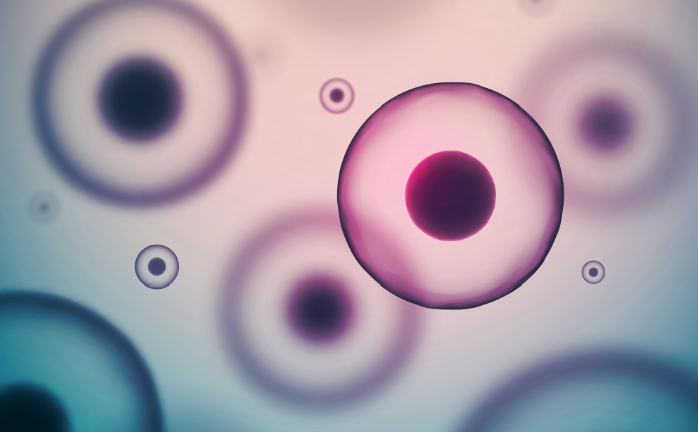Recently we shared some basics on how to understand your fertility and the tests a health care provider might use to diagnose a problem. Here we will break down the first steps of intervention, or the assisted reproductive technology that your doctor might recommend to help you conceive.
This is provided as an overview, introducing you to possible options that your doctor might discuss with you.
Clomid
Clomid is a brand name of a commonly prescribed pill used to promote ovulation. It’s taken early in the cycle to help promote the release of more follicles from your ovaries. It functions by inhibiting estrogen receptors in the hypothalamus, stimulating your ovaries to produce follicles. There are other medications in this category that have similar functions.
Intrauterine Insemination
IUI is a procedure in which sperm is washed and concentrated, then placed in the uterus with a syringe at the time of ovulation. IUI often follows a course of Clomid.
Ovidrel
Ovidrel is an injectable medication that is usually used in conjunction with Clomid, or a Clomid-like medicine, and IUI. It is commonly referred to as a trigger shot since it is given prior to ovulation to trigger the maturation and release of follicles from ovaries. If your doctor is prescribing Ovidrel, she will want to monitor your ovulation via ultrasound to determine the optimal timing for IUI or intercourse.
In Vitro Fertilization
IVF is a more invasive method incorporating several oral and injectable medications which start the process after the onset of your period to promote follicle production. In some patients, a cycle of medicines will precede the injectable phase to prepare the body. Follicles that grow sufficiently in size and number, determined by ultrasound during this follicular phase, are surgically retrieved from the body. They’re placed in a petri dish along with sperm. If conception occurs in the petri dish, the blastocyte is then transferred back into the uterus. After the transfer, progesterone is prescribed. A blood test about a week after the transfer determines if implantation and pregnancy have occurred.
Intracytoplasmic Sperm Injection
ICSI is an additional step sometimes used in the IVF process. Instead of placing sperm and egg into a petri dish and hoping it can penetrate the egg, the sperm is injected through the cell’s wall. Since this is more invasive, it’s not used for everyone, but can be beneficial when IVF on its own has not worked.
Your age and health will be key factors your doctor will consider when deciding what steps to take.
Have a question for one of our experts? Email support@helloflo.com.
Cover image courtesy of Shutterstock.





comments